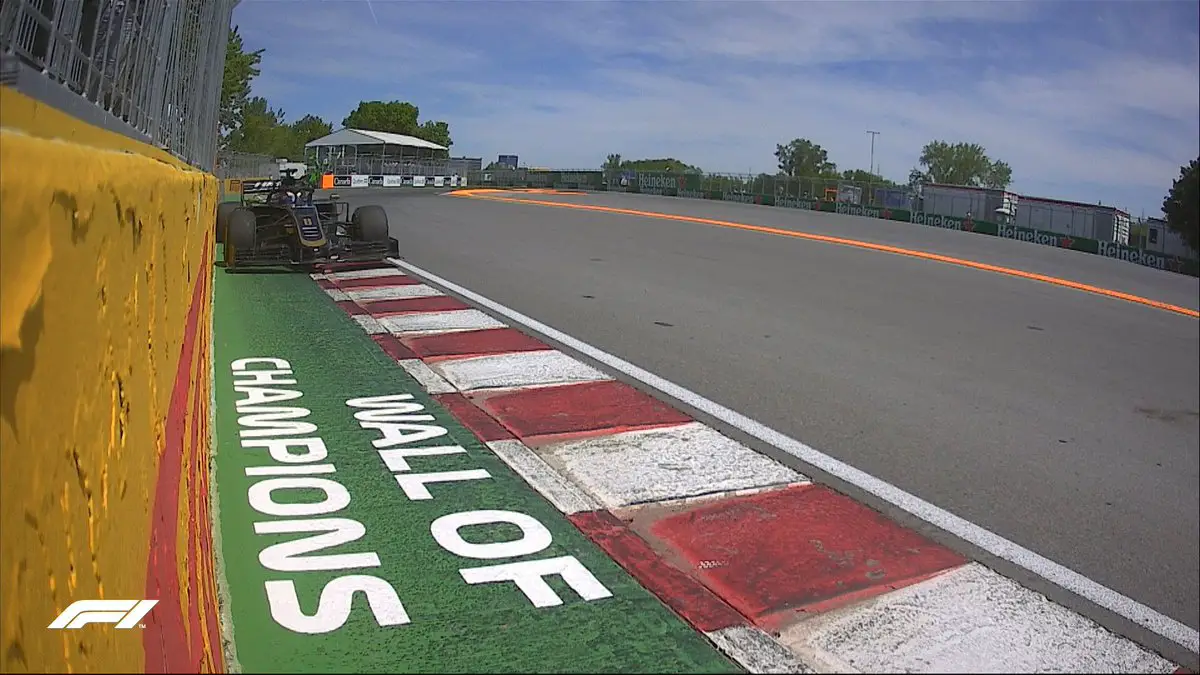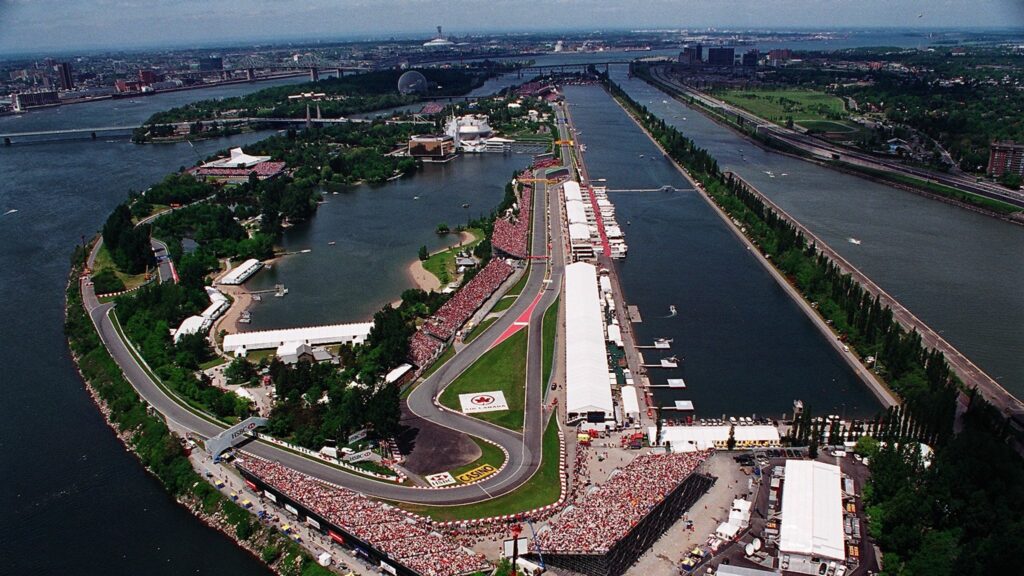As we head to the Canadian GP this week, let us take a look at the history of the infamous ‘Wall of Champions’
The home of the Canadian GP – Circuit Gilles Villeneuve is 4.361 km long comprising a total of 14 turns. The circuit has a total crowd capacity of 1,00,000 making it a spectacle on the F1 calendar. Barriers run close to the circuit and many experienced drivers have been caught out by them.
A particularly famous part of the circuit is ‘the wall’ on the outside of the exit of the final chicane before the start/finish straight. Have you wondered how this particular section got this specific name?

The origin of the ‘Wall of Champions’ dates back to 1999. F1 legend Damon Hill was the first of the F1 champions to crash into the barriers located in this particular section of the circuit.
He started a strange trend which was then carried forward by F1 Champions like Michael Schumacher (1999), Jacques Villeneuve (1999), Jenson Button (2005) and Sebastian Vettel (2011). All of these F1 champions have strangely crashed at this particular spot and that is how it gets its name – ‘Wall of Champions’.
Is it challenging to register fast timings at Circuit Gilles Villeneuve?
The Canadian GP has been a part of the Formula One World Championship since 1967. Its home in the modern era is Circuit Gilles Villeneuve on Notre Dame Island in Montreal. It is an FIA Grade 1 licensed circuit. While some drivers have found this track challenging in the past, the recent introduction of Three DRS Zones has encouraged faster race timings overall.

The detection point of the first DRS Zone lies 15 metres after Turn 5 while the activation zone is located 90 metres after Turn 7. The detection points of the second and third DRS Zones lie 110m before Turn 9. The second zone’s activation point is located 155m before Turn 12 and the third zone’s activation point lies 70m after Turn 14.
The zones are strategically placed at enough distance from each other and the layout provides ample opportunities for the drivers to overtake. The well-designed circuit paves the way for thrilling races and that is one of the primary reasons why the Canadian GP is one of the most anticipated races in the F1 calendar.
More Formula One News
- Lewis Hamilton doesn’t support IOC’s decision on Black Lives Matter gear during Olympics
- Max Verstappen left surprised as he reaches 100 race milestone with Red Bull
- Damon Hill left in awe after Lewis Hamilton racks up 100 poles in F1 ahead of 2021 Spanish GP
Follow our dedicated Formula One page for instant Formula One news and updates

